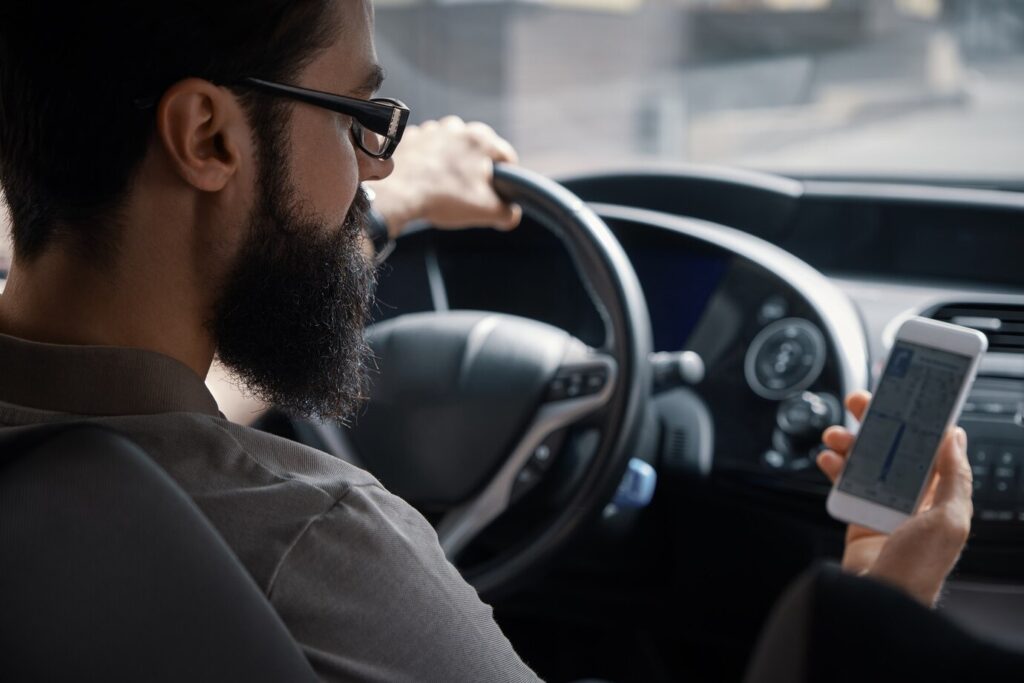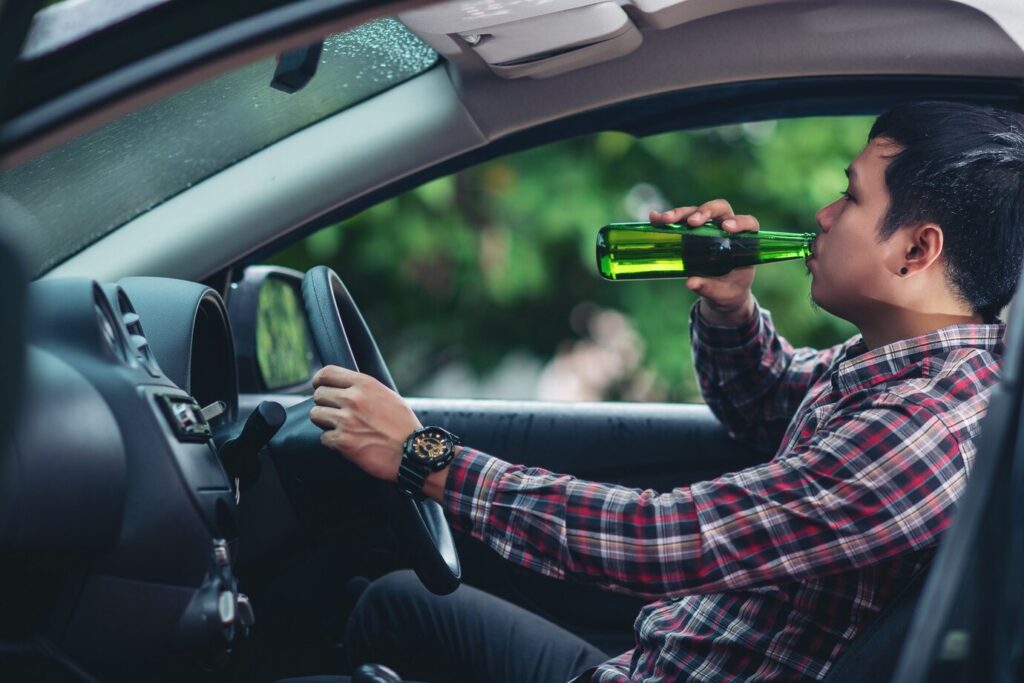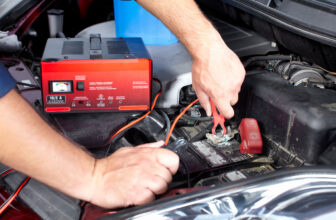
Car accidents remain a significant public health concern, representing a leading cause of injury and death across the globe. Every year, millions of people are involved in road traffic accidents, leading to a wide range of consequences from minor injuries to fatalities, not to mention the substantial emotional and economic burdens on individuals, families, and societies. The complex interplay of factors contributing to these accidents makes it challenging to address the issue. Vehicle malfunctions, road conditions, environmental factors, and, most significantly, human error play into the narrative of each accident. Understanding these elements is not just an academic exercise but a crucial step in formulating effective strategies to reduce the frequency and severity of these incidents.
Moreover, the dynamics of car accidents are continually evolving with changes in technology, vehicle design, traffic patterns, and societal behaviors. For instance, the rise of smartphones has introduced a new and significant risk factor in the form of distracted driving, adding to the traditional challenges of speeding, driving under the influence, and reckless driving. Each of these causes carries its own set of complexities and requires tailored prevention strategies.
The more we understand about the predominant causes of car crashes, the better equipped we are to implement targeted interventions, from policy changes and road design improvements to public awareness campaigns and driver education programs. Reducing the incidence and impact of car accidents is a multifaceted endeavor that demands a comprehensive and sustained approach, engaging various stakeholders including policymakers, law enforcement, public health professionals, and the driving public.
Table of Contents
1. Distracted Driving

Source: freepik.com
Distracted driving stands as the foremost cause of car accidents in many parts of the world. This phenomenon includes any activity that diverts attention from driving, such as talking or texting on the phone, eating, drinking, chatting with passengers, or fiddling with the stereo, entertainment, or navigation system. The rise of smartphones has significantly exacerbated the issue, with texting while driving becoming a particularly dangerous form of distraction.
When a driver’s attention is split, their reaction times are slower, and their ability to scan the environment for hazards decreases. A momentary lapse in focus, such as looking at a text message, can result in missing critical cues like a sudden stop in traffic, a pedestrian crossing the street, running a red light, or changes in traffic signals. The consequences of distracted driving can range from minor fender benders to catastrophic collisions, often involving serious injuries or fatalities.
2. Speeding
Exceeding the speed limit or driving too fast for road conditions is another leading cause of car accidents. Speeding reduces a driver’s ability to navigate safely around curves or objects in the roadway, extends the distance necessary to stop a vehicle, and increases the distance a vehicle travels while the driver reacts to a dangerous situation. In a high-speed collision, the severity of the crash and the likelihood of injuries and fatalities rise exponentially.
Speeding is often a result of aggressive driving behavior or the driver’s impatience and disregard for the safety of others on the road. In adverse weather conditions, such as rain, fog, or ice, speeding becomes even more dangerous as it significantly reduces traction and increases stopping distances. Efforts to combat speeding include stricter law enforcement, speed cameras, and public awareness campaigns highlighting the risks.
3. Driving Under the Influence

Source: freepik.com
Driving under the influence of alcohol or drugs is a critical issue contributing to car accidents worldwide. Alcohol and drugs impair cognitive and motor functions, crucial for safe driving, including judgment, coordination, concentration, and reaction time. Even a small amount of alcohol can affect driving ability, with the risk increasing substantially as blood alcohol concentration (BAC) rises.
Despite widespread public awareness campaigns and strict legal penalties, drunk driving remains a persistent problem. It’s not just illegal drugs that pose a risk; prescription medications and over-the-counter drugs can also impair driving ability. Educating drivers about the dangers of drug-impaired driving and enforcing stricter DUI laws are essential steps in reducing these preventable accidents.
4. Reckless Driving
Reckless driving, characterized by a disregard for the rules of the road and the safety of others, is a major cause of accidents. This includes aggressive driving behaviors like tailgating, changing lanes without signaling, running red lights, and illegal overtaking. Reckless drivers often make unpredictable moves, leaving little time for other motorists to react, which can lead to serious accidents.
The root of reckless driving often lies in the driver’s attitude and behavior, with young, inexperienced drivers being particularly prone to such actions. Addressing this issue requires a combination of stricter law enforcement, increased penalties, and educational programs, particularly targeted at new drivers, to cultivate a culture of responsible driving.
5. Poor Weather Conditions

Source: Freepik.com
Adverse weather conditions such as rain, snow, ice, fog, and wind significantly contribute to car accidents. These conditions affect driving by reducing visibility, vehicle control, and pavement friction, leading to a higher risk of collisions. Rain, for example, can cause roads to become slippery and obscure visibility, while fog can severely reduce a driver’s ability to see other vehicles and road hazards.
The key to safe driving in poor weather conditions is adaptation. This includes reducing speed, maintaining a safe distance from other vehicles, using headlights, and avoiding sudden maneuvers. Unfortunately, many drivers fail to adjust their driving habits to accommodate weather conditions, leading to accidents that could otherwise be prevented.
Understanding the top reasons behind car accidents is the first step in preventing them. Each of these causes – distracted driving, speeding, driving under the influence, reckless driving, and poor weather conditions – highlights the need for continual education, strict law enforcement, and personal responsibility among drivers. The majority of car accidents are preventable, and by addressing these key issues, we can significantly reduce the number of crashes and the associated injuries and fatalities. It is the responsibility of every driver to prioritize safety, not just for themselves but for everyone sharing the road. Through collective efforts, we can create safer roads and a more responsible driving culture.







